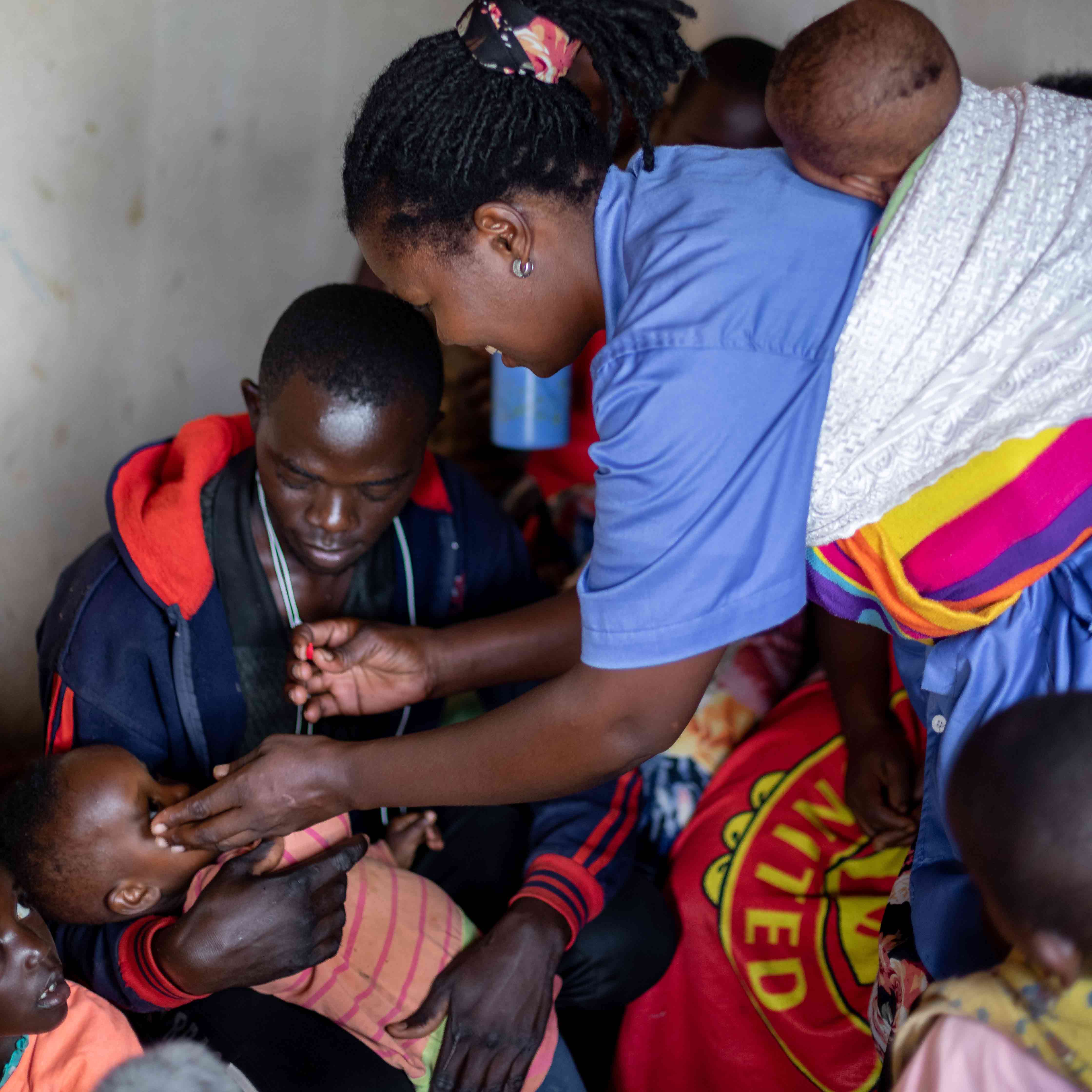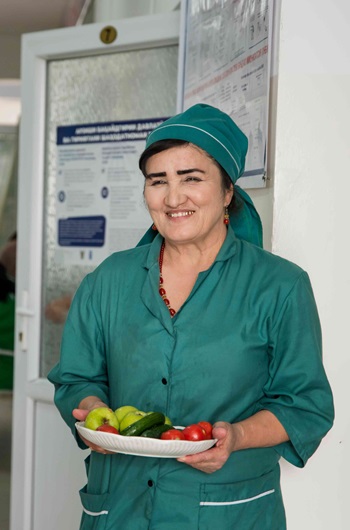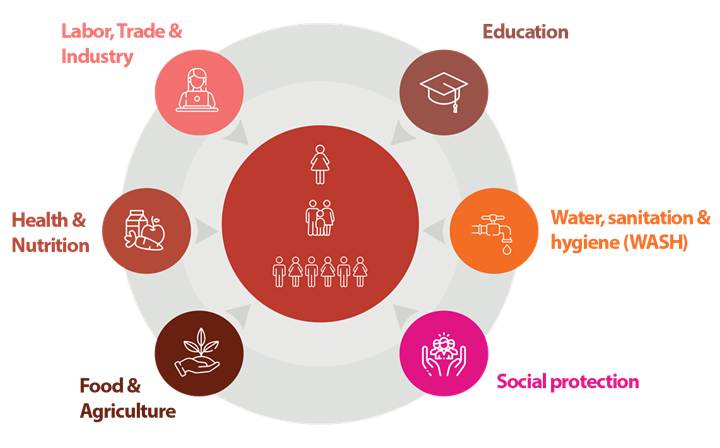Key preventive and therapeutic interventions to reduce anaemia
Understanding the context-specific causes and risk factors of anaemia unlocks a diverse range of effective interventions to improve haemoglobin levels and reduce anaemia prevalence.

Key interventions

- Improving the consumption of specific micronutrients, especially iron, folate, vitamin B12 and vitamin A, and through dietary diversification, food fortification, and supplementation;
- preventing malaria (insecticide-treated nets, indoor residual spraying, malaria chemoprevention);
- ensuring early diagnosis and effective treatment of malaria;
- preventing and treating infections caused by soil-transmitted helminths and schistosomiasis;
- preventing and managing gastrointestinal or chronic diseases such as obesity; • promoting birth spacing and voluntary use of modern contraceptives;
- managing certain gynaecological and obstetric conditions such as heavy menstrual bleeding, antepartum or postpartum haemorrhage, unnecessary caesarean section , and delaying umbilical cord clamping following childbirth;
- managing inherited red blood cell disorders such as sickle-cell disease and thalassemias.
The principal response to addressing the public health problem of anaemia has been to provide iron to populations at risk. Where iron and other micronutrient deficiencies are prevalent due to inadequate intake, these strategies can be effective. However, the coverage and quality of these interventions is typically low and more sustainable interventions are required to maximise the uptake of the nutrients and address other causes and risk factors. This may be as straightforward as promoting healthy diets based on locally available sources of bioavailable iron and other micronutrients.
Interventions to reduce anaemia by sector
An increasing number of countries are incorporating interventions beyond those limited to iron deficiency into larger national nutrition plans. Others have been developing national anaemia policies and strategies that cover several sectors. A list of interventions categorised by their intended outcome can be found below:

Labor, Trade & Industry
- Promote girls’ and women’s economic empowerment
- Workplace screening for anaemia, nutrition education and provision of nutritious meals
- Raise public awareness about anaemia
Education
- Promote girls’ and women’s general education and education on nutrition and reproductive health
- Public health and health care provider messaging about causes and consequences of anaemia
- Public awareness about inherited red blood cell disorders
- Social and behaviour change communication strategies
- Provision of nutritious school meals
Water, sanitation & hygiene (WASH)
- Improve access to safe drinking water
- Promote hand hygiene
- Strengthen safe sanitation systems and practices (access to and use of toilets that safely contain excreta; access to safe systems along the entire sanitation service chain)
Social protection
- Promote gender equality and women’s empowerment (including education and income-generating activities, cash or food transfers with behaviour change communication)
- Improve access to quality health care services and interventions
- Promote core components of the right to health (availability, accessibility, acceptability, quality)
- Provide vouchers for nutritious foods
Food & Agriculture
- Increase production and promotion of nutrient-rich foods
- Create an enabling food environment for healthy dietary practices
- Fortify staple foods with micronutrients
- Promote safe food production and handling
Health & Nutrition
- Promote healthy diets through behaviour change communication
- Improve micronutrient intakes (micronutrient powders and supplements)
- Improve menstrual health
- Screen for and manage haemoglobinopathies
- Prevent, diagnose and treat malaria, HIV, TB, and other infections
- Prevent, diagnose and treat soil-transmitted helminths and schistosomiasis
- Manage heavy menstrual bleeding
- Promote birth spacing, access to and voluntary use of modern contraceptives
- Prevent and treat antenatal and postpartum haemorrhage
- Reduce unnecessary caesarean section
- Delay umbilical cord clamping following childbirth
- Improve access to safe blood and blood products for transfusion in the treatment of severe anaemia
- Prevent, screen and treat for chronic diseases
Together, we can bridge gaps and prioritize anaemia reduction for improved health, development, and economic growth. Evidence-based decisions start here.
